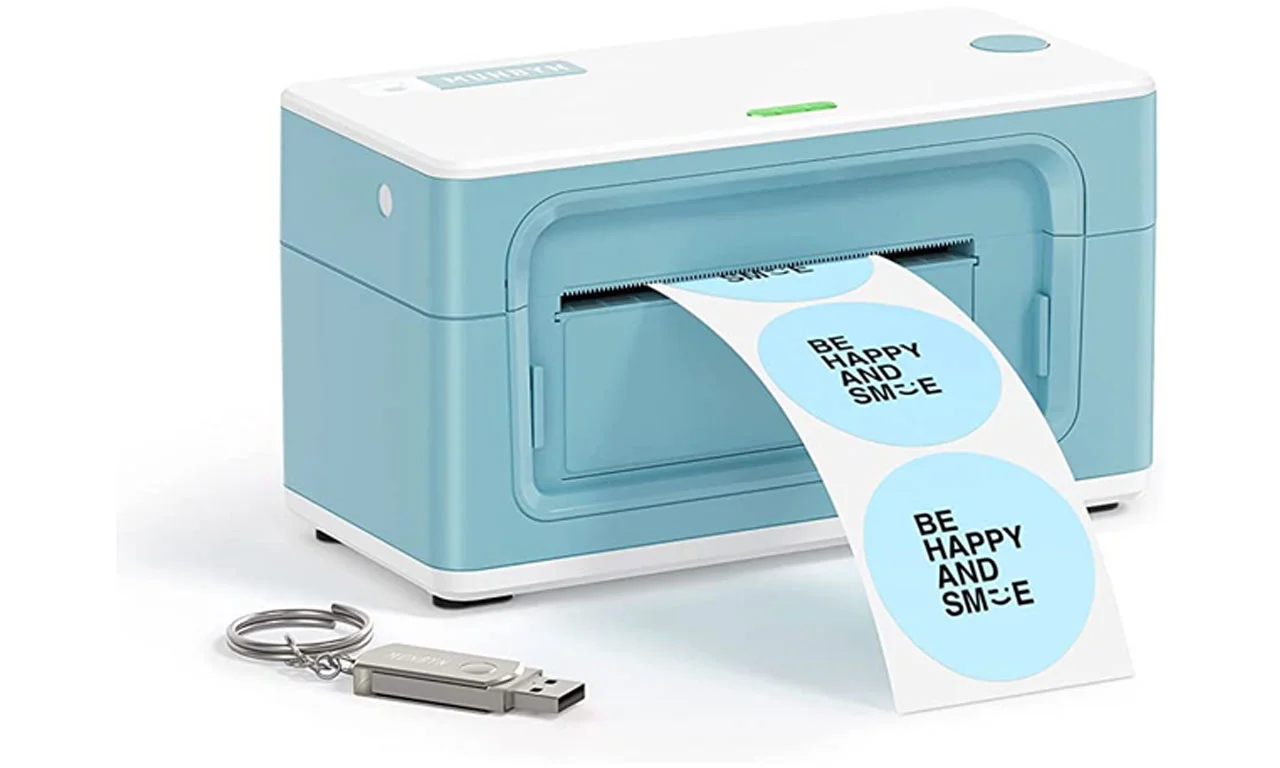Addiction can take a significant toll on a person’s life, and those around them. It can cause mental and physical health problems, strained relationships, and financial difficulties. It becomes increasingly difficult to help someone when they are in the throes of addiction, and often, they are in denial about their problem. That’s where an intervention comes in.
An intervention is an organized event that allows friends and family members to confront the addicted person in a respectful and non-judgmental way. It’s an opportunity for everyone involved to express their love, concern, and support while encouraging the person to get help. However, planning and executing an effective intervention can be tough. This article will provide you with tips to do just that.
First, you should understand the process of an intervention. An intervention should be meticulously planned and well-organized to ensure everyone involved is prepared for what’s about to occur. This includes securing a facilitator who can guide the conversation and help manage potential conflicts. It’s also important to create a script that outlines key points and arguments that everyone should make during the intervention.
Second, you should know how to pick an appropriate time and place for intervention. Doing it in a familiar place can help reduce stress and create a comfortable environment. It’s also important to select a time when there are no other obligations or distractions that could interfere with the process.
When it comes time for the actual intervention, it’s important that all participants remain positive and supportive. This means avoiding personal attacks and focusing instead on expressing love and care for the addict. Successful interventions involve actively listening to the addict’s feelings and responding with understanding and compassion. It’s important that everyone remain respectful, even if it becomes difficult or frustrating.
During the intervention, participants should express their concerns about the person’s addiction in a nonjudgmental way and suggest how their behavior is negatively impacting their life. It’s also a good idea to set clear boundaries, such as no longer allowing the addict to borrow money or stay at your home until they get help.
At the end of the intervention, it’s important that everyone agrees on a plan for how to move forward. For example, participants can agree that the addict will enter a rehabilitation facility or receive counseling. It’s also important to provide the addict with resources, such as contact information for addiction helplines or treatment centers, and make sure that someone is available to support them through the recovery process.
Interventions can be difficult and emotional experiences. However, with proper planning and execution, they can be effective tools for helping a loved one get the help they need to overcome their addiction. With patience, support, and understanding, an intervention can give someone struggling with addiction the chance to turn their life around.
1. Ensure everyone involved is on board:
The first step towards planning and executing a successful intervention is to ensure that everyone involved is on board. This includes family, friends, and loved ones of the addict. It’s crucial to have a solid support system for the person in question. The intervention should be a collaborative effort, and everyone should be aware of the purpose and goals of the plan.
2. Seek Professional help:
Interventions can be tenuous, and the last thing you want is for it to turn into a shouting match. That’s why it’s essential to enlist the help of a professional interventionist. They can guide you on the best way to approach the situation and what intervention techniques to use. Sometimes, family members may not know the best way to get through to an addict, and that’s where a professional can be helpful.
3. Learn everything about the addiction:
It’s crucial to have a good understanding of the addiction before planning an intervention. The more you know about the addiction, the better you’ll be able to communicate with the person in question. Be sure to research their drug/alcohol of choice, their symptoms, and the effects of long-term addiction. This will also prepare family and friends for the possible response of the addict, and ensure they don’t say anything out of context.
4. Set clear boundaries ahead of time:
Before the intervention, everyone involved must decide on the consequences if the person chooses not to go to rehab Treatment. This will help avoid any confusion or mixed messages during the intervention. For instance, you could set limits on financial support, no longer invite them to family events, or even cut off communication. Ensure everyone understands and agrees with these limits.
5. Seek treatment options:
It’s best to have a list of treatment options ready for when the intervention is over. Even if the addicted person agrees to seek help, they may feel helpless in choosing an addiction rehab that is suitable for their needs. Having a preselected list of rehab centers and support groups will help you ensure that the person gets in for an appointment quickly.
Confronting your loved one about their addiction is a daunting task, but it’s necessary if you want to save their life. Planning an intervention requires care, compassion, and organization. It’s essential to ensure everyone involved is on board and has a good understanding of the situation.
Seeking professional help, researching, setting boundaries, and preparing different treatment options are all crucial steps to ensure a successful intervention. Remember, if the addict chooses not to go to rehab, stick to the boundaries and don’t enable their addiction. It’s okay to ask family and friends for support during this process and don’t forget to take care of yourself throughout the process.
Remember, it is challenging to see someone you love battle addiction, but with the right resources and steps, it’s possible to guide them toward recovery.


















